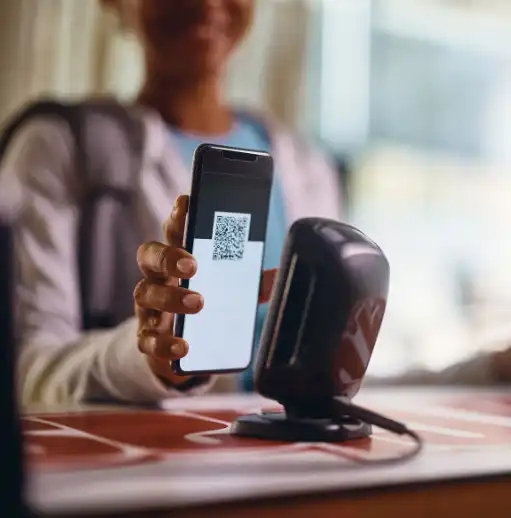
The workplace isn’t a static environment—at least, it shouldn’t be in this age of dynamic work. With the agility we see in workplaces today, the need for an employee and space locator quickly becomes evident. Workplace managers need to know where their people are, employees need the ability to locate desks, and facility managers need the data that comes with these interactions.
For small and growing companies, the need for an employee and space locator can seem trivial. That is, until they realize this system is the backbone for everything from wayfinding to hotel desk management. It’s a platform that allows you to be as agile as your employees need you to be. The benefits touch every aspect of business, no matter how big or small the company.
Here’s a look at five reasons to take a second look at investing in an employee and space locator.
1. Saved time for employees
Employee and space locator software offers the best of two important tools: wayfinding and employee directory. More important, it brings them together in a broader context that creates exemplary time savings for employees.
Bailey needs to chat with Mara and Thom. Through the office’s employee and space locator app, Bailey can quickly see where the other two are and choose a nearby conference room that’s the right size and available at a time that works for all three of them. The entire process takes a few minutes, instead of countless minutes spent searching.
This concept of saved time becomes even more important in flex work environments. Maybe Thom changes seats frequently? What if the nearest conference room isn’t available? Alternative options become instant possibilities.
2. Better space management
On the facility management side, employee and space locators generate constant data bout worker and workplace habits. Information expounds from these platforms, and managers can channel it into better decision making when it comes to space management and governance.
If the third-floor conference room goes unused 73% of the time each month, it’s a good bet that space is better off repurposed. Likewise, employee location data might tell you that your employees prefer a hoteling arrangement, promoting an office-wide shift to this philosophy.
3. Govern facilities better
An employee locator unlocks broader governance capabilities for managers. It can help take facilities to a new level of usefulness and accessibility by creating new opportunities for space utilization. Someone who might’ve never used a hot desk can use one with ease—and coworkers can still find them with ease. Meanwhile, spaces without an identity can be governed as-needed by those who lack space.
There’s also a level of access control and management. Employee locators can track the access habits of employees to show where controls might be useful in dictating the workplace. If executives are all on the fifth floor, it becomes easy to restrict access credentials to that area, to add security without disrupting workflows. It amounts to better space governance.
4. Institute seamless hoteling
As evidenced by the other benefits on this list, employee and space location software is the lynchpin for instituting an effective hoteling strategy in any office. With employees always on the move and workspaces constantly changing hands, there needs to be a system for identifying open/reserved spaces and finding employees wherever they may be.
Hoteling is all about pairing open space with employee demand. To gauge both takes software that can process these demands. Employees interact with location software to find a space and, through the act of reserving it, alert the system to their location at a given time. The result is more than a free-flowing, unencumbered workplace—it’s the constant generation of data about workplace utilization.
5. Health and safety considerations
In a post-coronavirus world, health and safety are top-of-mind in any workplace. Wayfinding software and space reservations systems are on the front lines of sophisticated track and trace systems. With a full record of space occupation and employees’ proximity to one another, contact tracing becomes much easier—and more effective.
There are also opportunities to execute better space sanitization and sterilization. Employee and space location data is the basis for cleaning schedules, sanitization buffers, maintenance windows, and more. For many companies, health and wellness compliance hinges on knowing where employees are (and have been), and which spaces they’ve interacted with.
Connect employees with the spaces they need
Every person within a workplace has a relationship to the different spaces it offers. An employee and space locator ties them together in meaningful ways. Employees can find the spaces best-suited to them. Facility managers can capture trends and make workplace adjustments. Management can tend their flock of productive personnel.
There’s value in connecting people and spaces, from top to bottom. The simplest way to do it is through a robust wayfinding system with integrated employee and space locators.
Keep reading: The Five Major Pillars of a Wayfinding Program








